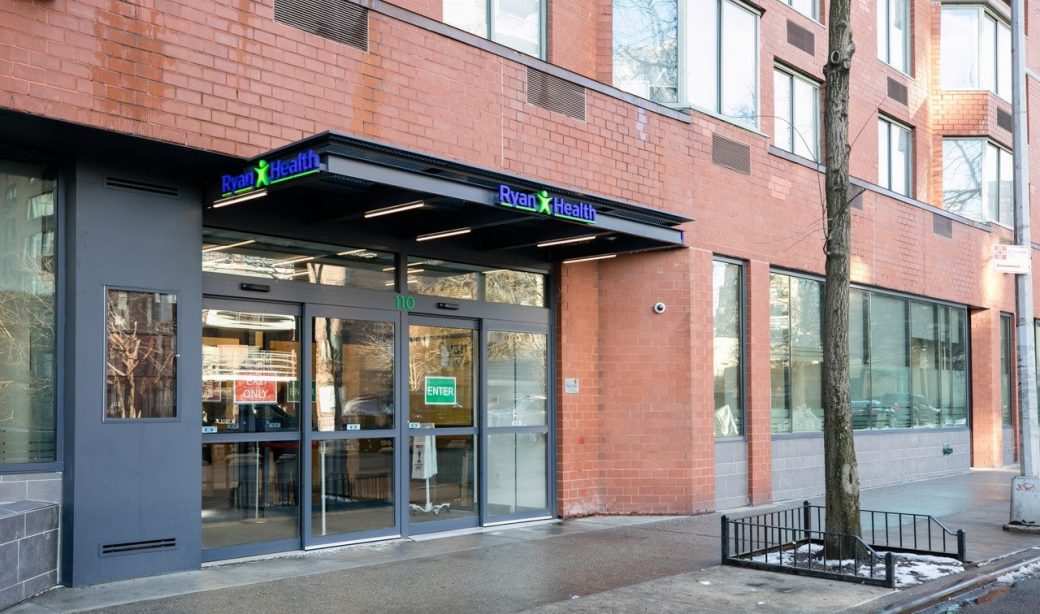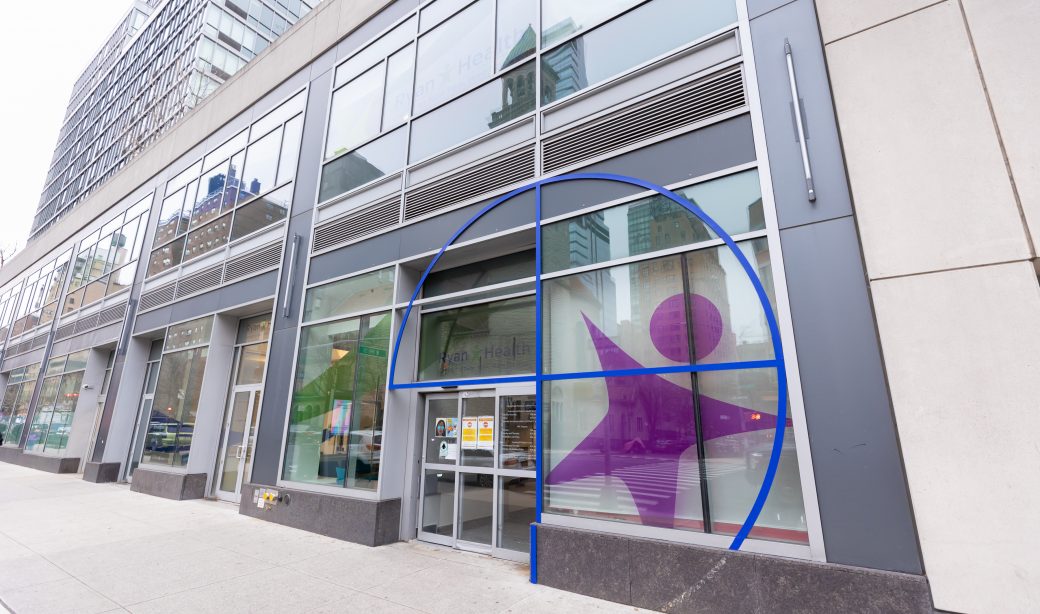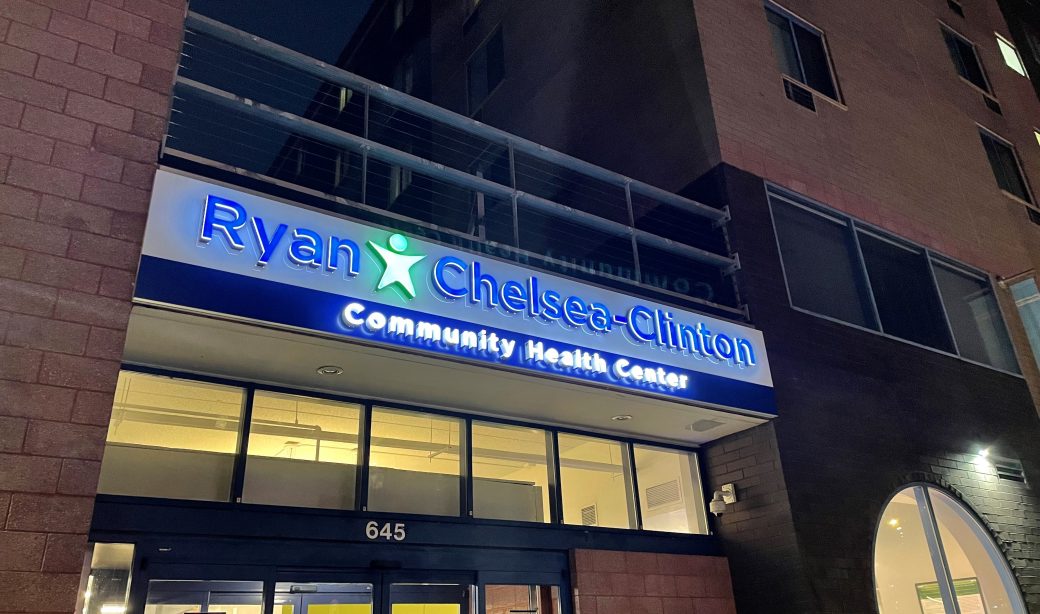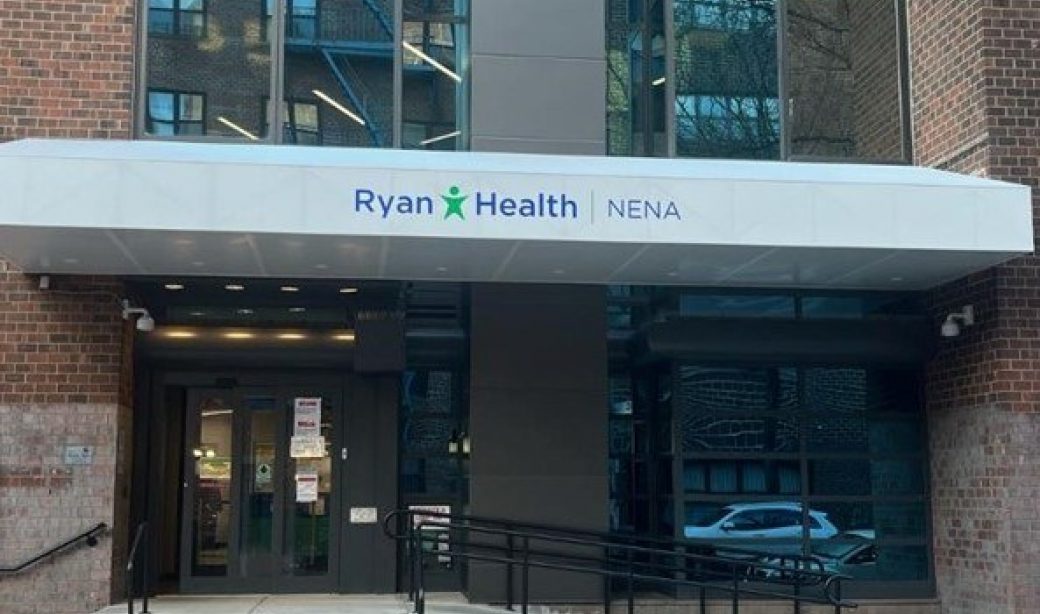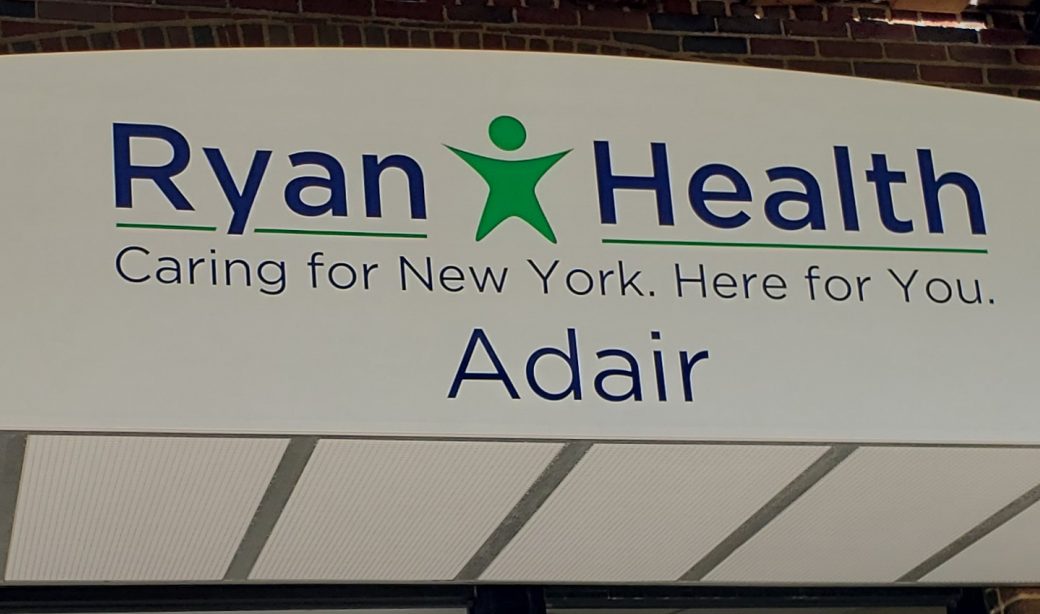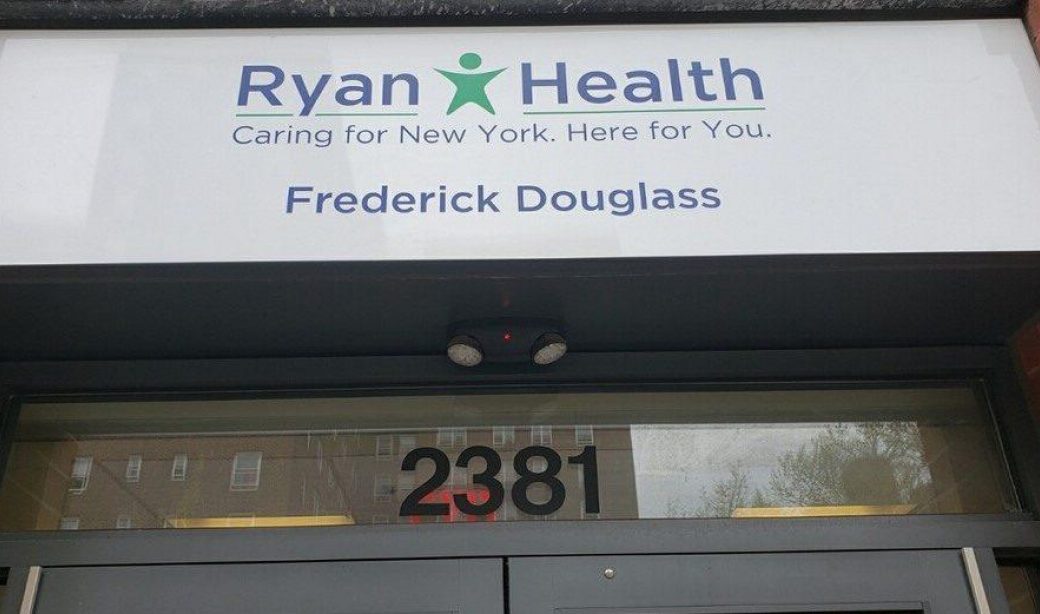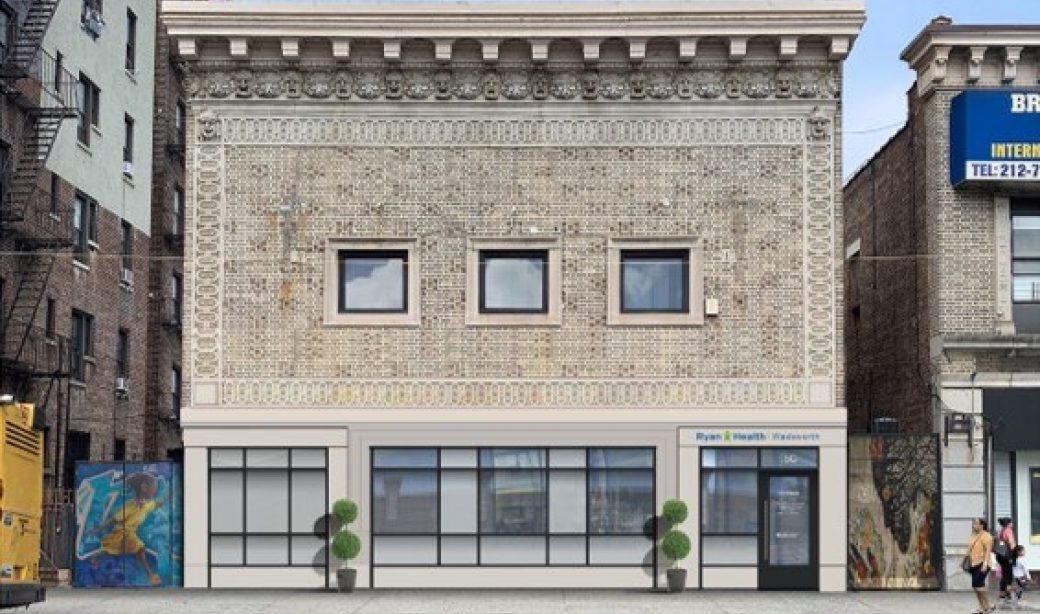News | Community
Focus On…Black Teen Suicide With Alicia Henderson, PhD, LCSW, Senior Director of Mental Health Services
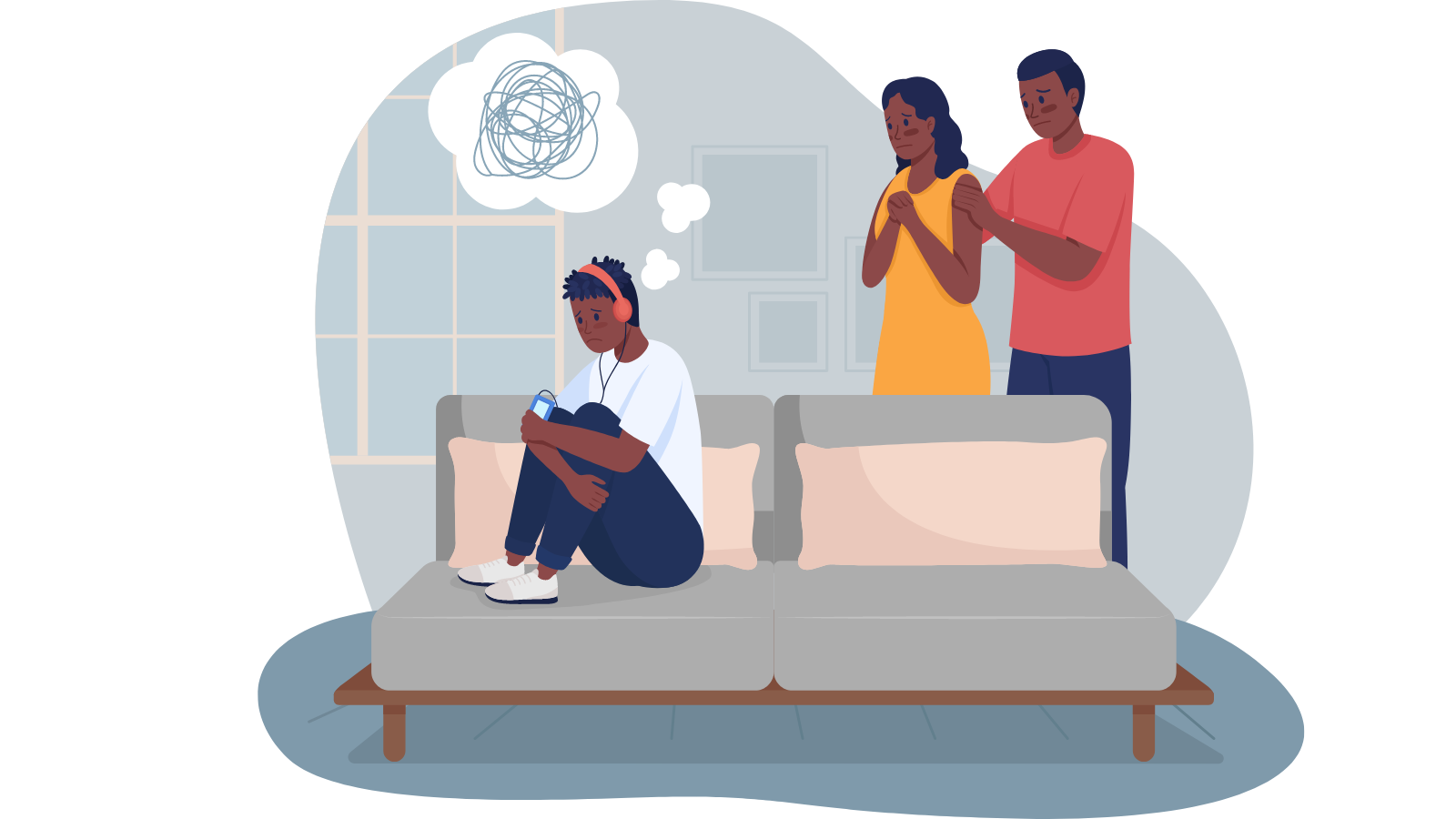
The pandemic brought new stressors and pressure points for nearly everyone. We are moving beyond the worst days of the pandemic, but the effects of that period are still with us. The result is an increase in the need for mental health services to deal with a range of issues, including an alarming rise in Black teen suicide.
During the past two decades, rates of suicide among Black youth have risen faster than other racial or ethnic groups. That’s according to the American Academy of Child and Adolescent Psychology (AACAP). The suicide rate for Black males ages 10 to 19 years old increased by 60 percent.
New data from the Centers for Disease Control and Prevention released in February 2023 show that “Suicide rates among persons aged 10-24 years increased significantly during 2018-2021 among Black persons (from 8.2 percent to 11.2 percent, a 36.6 percent increase).” This timeframe covers two years of the pandemic.
Throughout the pandemic, social isolation, anxiety, and incidents of intimate partner violence and child abuse increased significantly. The rates of child abuse and intimate partner violence increased as families under pressure were forced together for long periods of time, without the escape offered by school or work. Children who receive breakfast and lunch at school often went hungry. Food insecurity seemed to be at its highest in a long time. Many families of color experienced job loss and a great deal of stress. Parents who were not usually emotionally or physically aggressive found themselves yelling more and for some becoming more physically aggressive with their children and/or partners.
Teachers and School Administrators report that children presented with more social anxiety, fear, sadness, and behavioral challenges when returning to school after the pandemic lockdown. A big part of teenage life is social interaction with other teens. Being denied that by having to stay inside added tremendous pressure.
Adolescence is an emotionally turbulent time for young people. They are struggling with their identities, friendships, and relationships with their parents, trying to figure out who they are and where they fit in. It’s no wonder that many adolescents experience some amount of sadness and stress.
However, with support, many move seamlessly through this stage of development. The impact of the pandemic, particularly social isolation, and fear of the unknown, added fuel to the fire, so to speak, making the normal developmental challenges more difficult to manage. For African-American adolescents, this was an even more challenging time, as many were already dealing with inadequate social environments (i.e. lack of economic stability, food and nutrition, and poor living conditions). It’s no wonder that we have seen an increase in depression, stress, and suicide, among African-American teens.
The Ryan Health| Emotional Wellness Center (EWC) sees about 1400 child, adolescent, and adult patients a year. Many are dealing with depression, anxiety, and emotional dysregulation. Adolescents have particularly presented with an increase in sadness and anxiety.
We are proud that at the EWC, screening for suicide risk and safety planning is a vital part of our ongoing assessment of all patients, including children and adolescents. The EWC’s standard intake process includes a series of psychological, developmental, and behavioral screenings. We use the Columbia Suicide Severity Rating Scale, considered the gold standard for suicide-risk screening. We ask questions like, “Have you ever wished you were dead or wished you could go to sleep and not wake up?” and “Have you had any thoughts or a plan about killing yourself?” The CSSR and other suicide assessment tools give us an idea of who is at risk for suicide.
The goal is to assess for suicidality at the beginning of treatment and to continue to do so at every engagement with the patient so as to help the patient learn the skills needed to manage their thoughts, emotions, and risky behaviors.
At the EWC, we have different types of therapies, including individual, group, and family therapy. We also use DBT, or Dialectical Behavior Therapy, which teaches you to minimize extreme emotions to curb destructive behavior. It helps in the classroom, and with social interactions.
We also use CBT or Cognitive Behavior Therapy. CBT teaches you how to change unhelpful thinking patterns into more helpful ones. Like DBT, CBT tries to minimize “either/or” thinking.
All of these therapies have been successful in helping the adolescents we treat through these difficult times. It’s important to remember while it seems that the worse of the pandemic is behind us, the emotional, psychological, and social impact that the pandemic has had on us is just beginning to surface. And with this, we see an increase in depression, anxiety, suicidality, and suicide in African-American teens.
The Ryan Health | Emotional Wellness Center can help address many issues. If you or a loved one is feeling at risk, please give us a call. You don’t need a referral from a physician to access our services. Our talented team of Clinicians, Psychiatrists, and Psychiatric Nurses will devise a treatment plan that works for you or your loved one.
